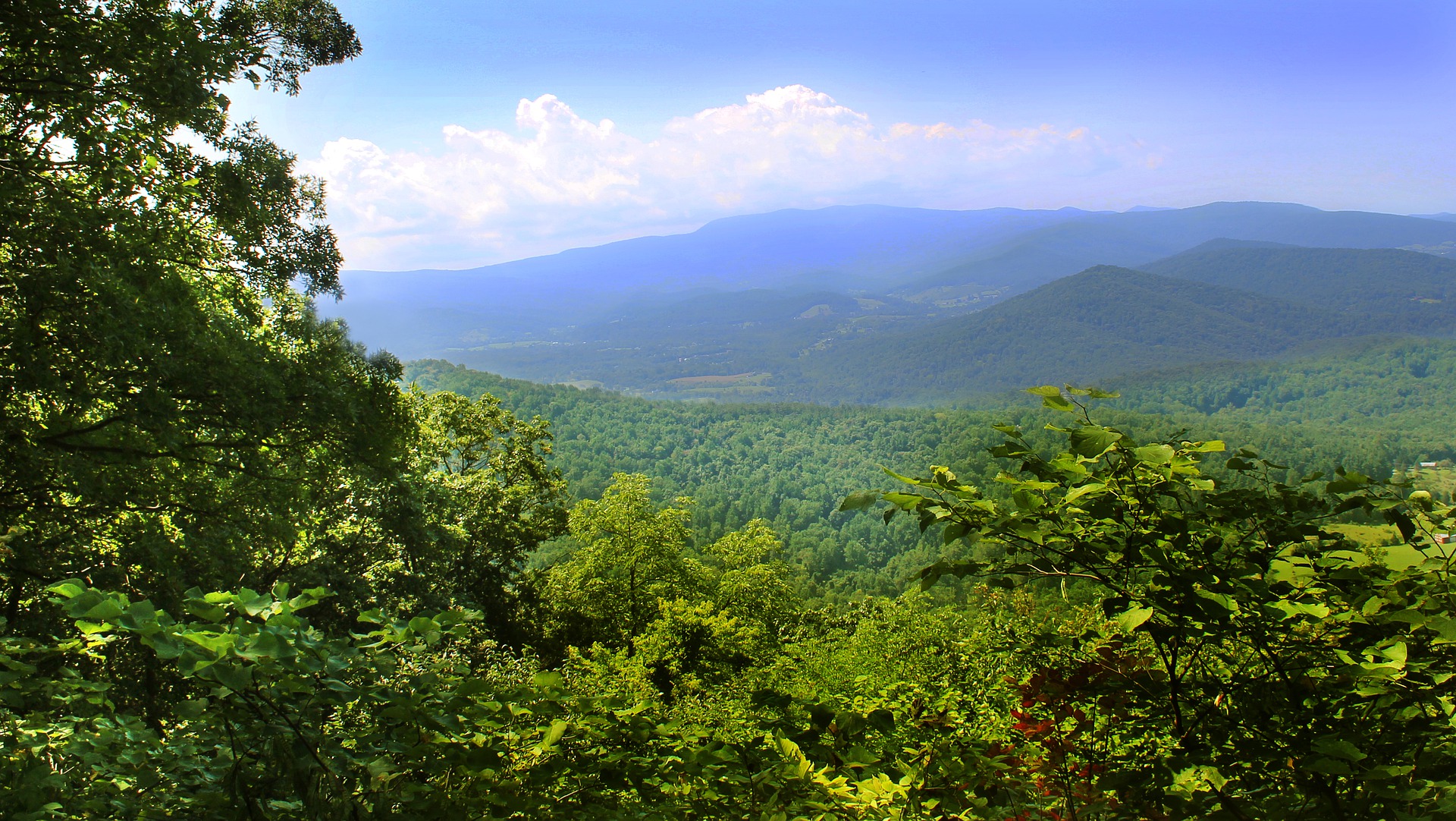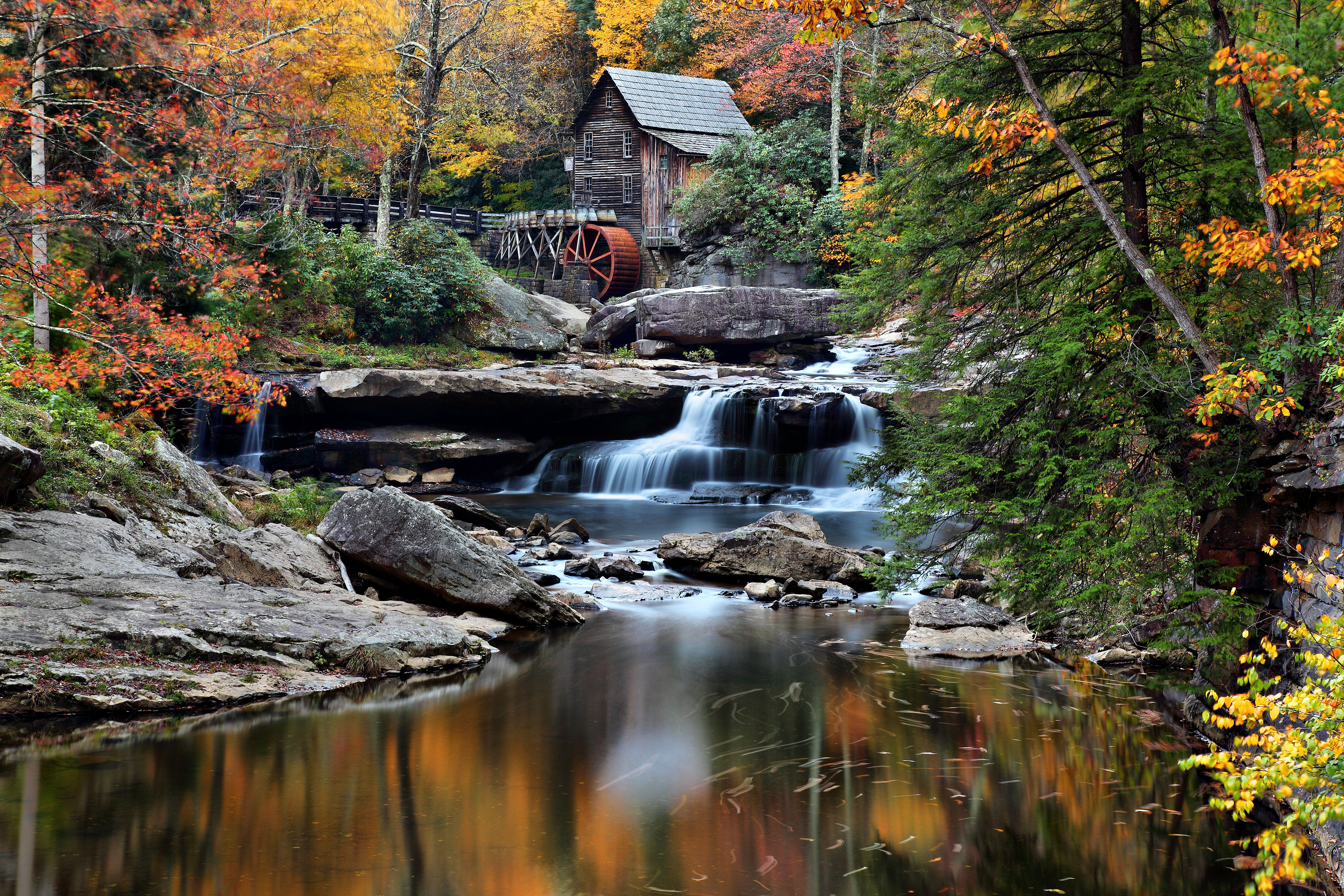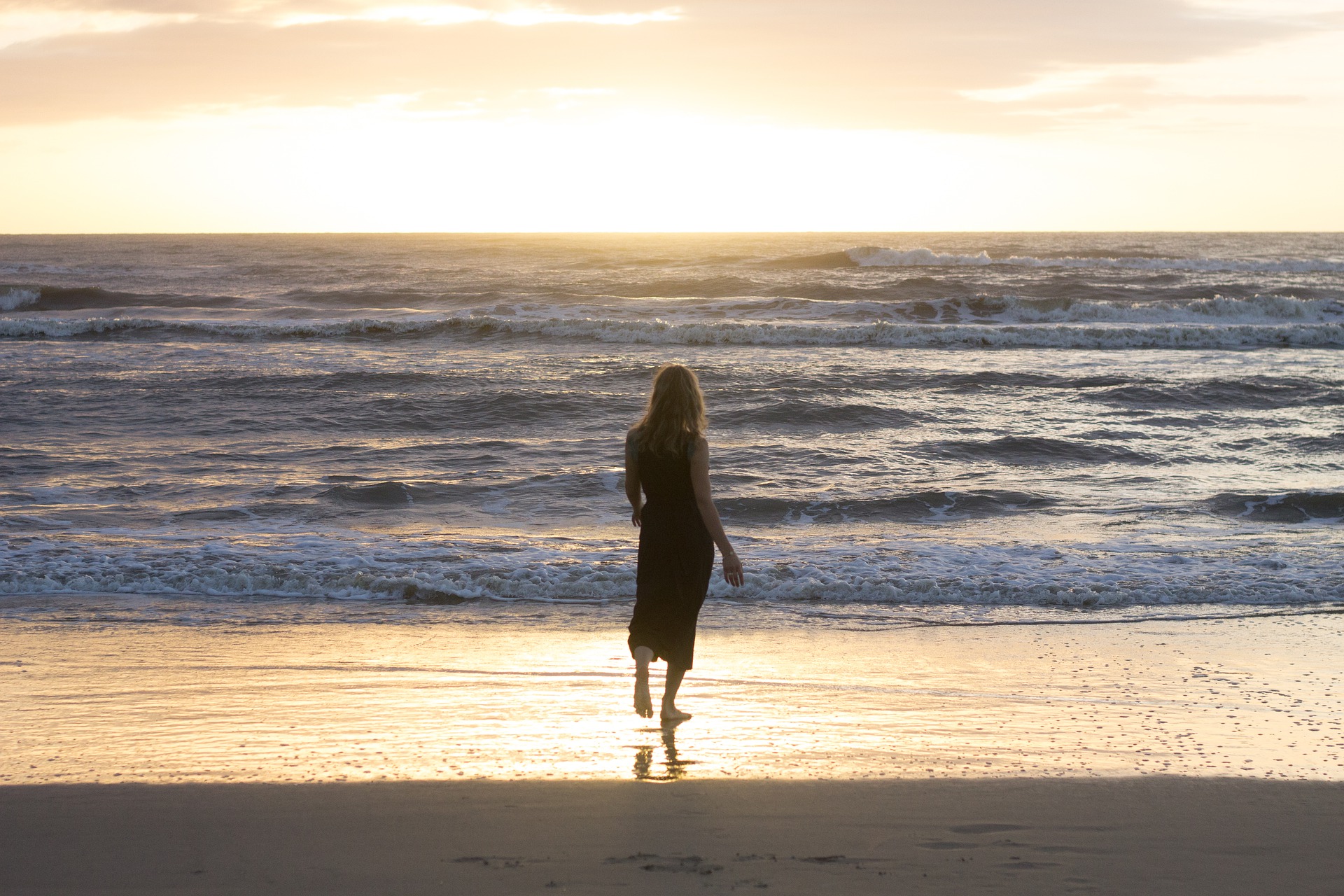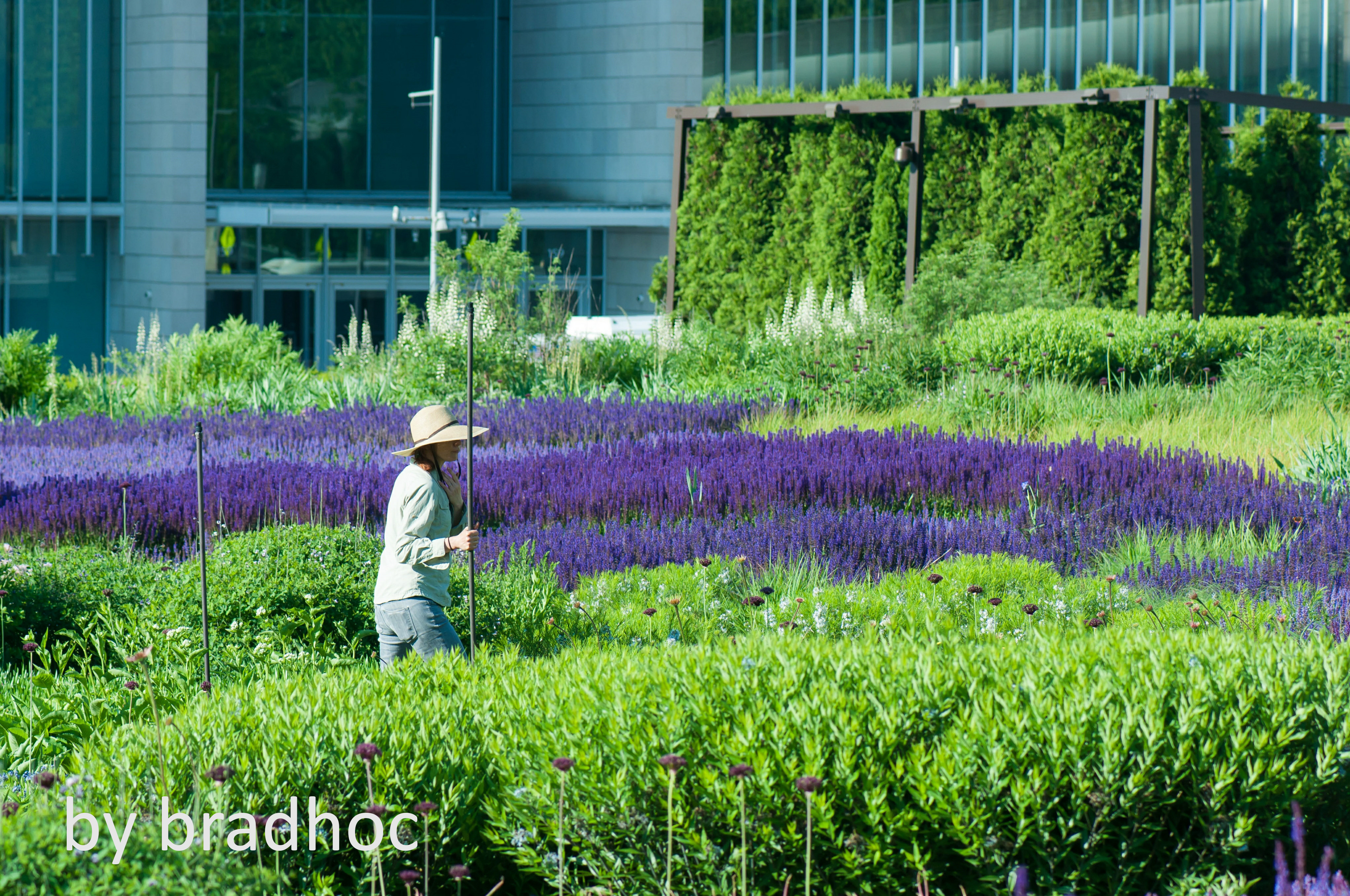Last week I promised that we would explore the principles of designing a shade garden using the concept of a designed plant community. And we will be doing that — just not today. Today I want to answer a question that was posed to me after last week’s blog. A reader contacted me and asked: What exactly is “A sense of place”…. and why do you think it is so important ?
My initial reaction was to dash off a quick answer and move on. But then, I started thinking about what a sense of place really meant to me — and the answer was much simpler and much more complicated than I realized.
When I was teaching geography, one of the first concepts we explored was the theme of place. Explaining it to 7th graders, I defined it very simply as the physical and human characteristics that describe a place. We spoke in general — and somewhat limited — terms about places familiar to them and then used our listings as a basis to compare new and unfamiliar places to what we already knew. It was a very objective and somewhat dispassionate process.
Today, looking at the concept of sense of place through an environmental lens instead of that of a geography teacher, completely changes my perception of the term. Rather than describing a location through a listing of tangible characteristics, for example – near a river or having Spanish style architecture,
this understanding of the term is much more complex with many levels to delve into. It takes into account not just the physical surroundings, but the intangible qualities we associate with it. It includes our personal connections to and interpretations of a place — why the place is important to us and to others and how it makes us feel.
Our attachments to and our affection for a place is a part of our history as individuals and as a culture. The connections often take root from our childhood experiences, the memories we attach to our experiences and the stories we heard as we grew.
A giant oak tree standing in the corner of a neighborhood park can instantly take us back to childhood’s lazy summer afternoons playing with our friends or siblings in the shade of just such a tree. We treasure the feeling inspired by the tree and want to share it with others.
Becoming immersed in a sense of a familiar, cherished place benefits us both physically and mentally, It almost instantly reduces stress levels and builds feelings of well-being. Because we instinctively feel safe, secure and comfortable, we can relax and escape the pressures of day-to-day life, if only for a few minutes.. When we visit a place in nature that speaks directly to us, our blood pressure decreases, our immune systems elevate and our endorphins flow. We feel good.
Incorporating designs into the landscape that instill a strong sense of place promotes a culture of environmental awareness and sustainability.
For those who have found themselves transplanted from rural to urban or from a familiar landscape to a vastly different one, finding a slice of home renews us. We want to know that the place is there for us to retreat to whenever the need arises. It becomes a priority in our lives to protect and promote what is precious to us.
Finally, I believe that designing for a sense of place works to draw communities together. It opens conversation and promotes understanding as people of diverse backgrounds share what speaks to them about a place.
In this era of increasing urbanization, skyrocketing mental and physical health issues and tensions in our communities, access to nature, whether in neighborhood parks, natural areas or one’s own backyard, is critical to the well-being of our people. Well designed landscapes built around a variety of plant communities evoke a sense of place, a sense of safety, security and inner peace that our world seems to need more than ever.
It’s been an interesting exercise to think through a term that has in some ways become a buzzword for the industry. Thanks to my reader for asking an important question.We’d love to hear your thoughts about a sense of place. And, we hope you join us next week as we continue our series on Establishing A Community. See you then.












